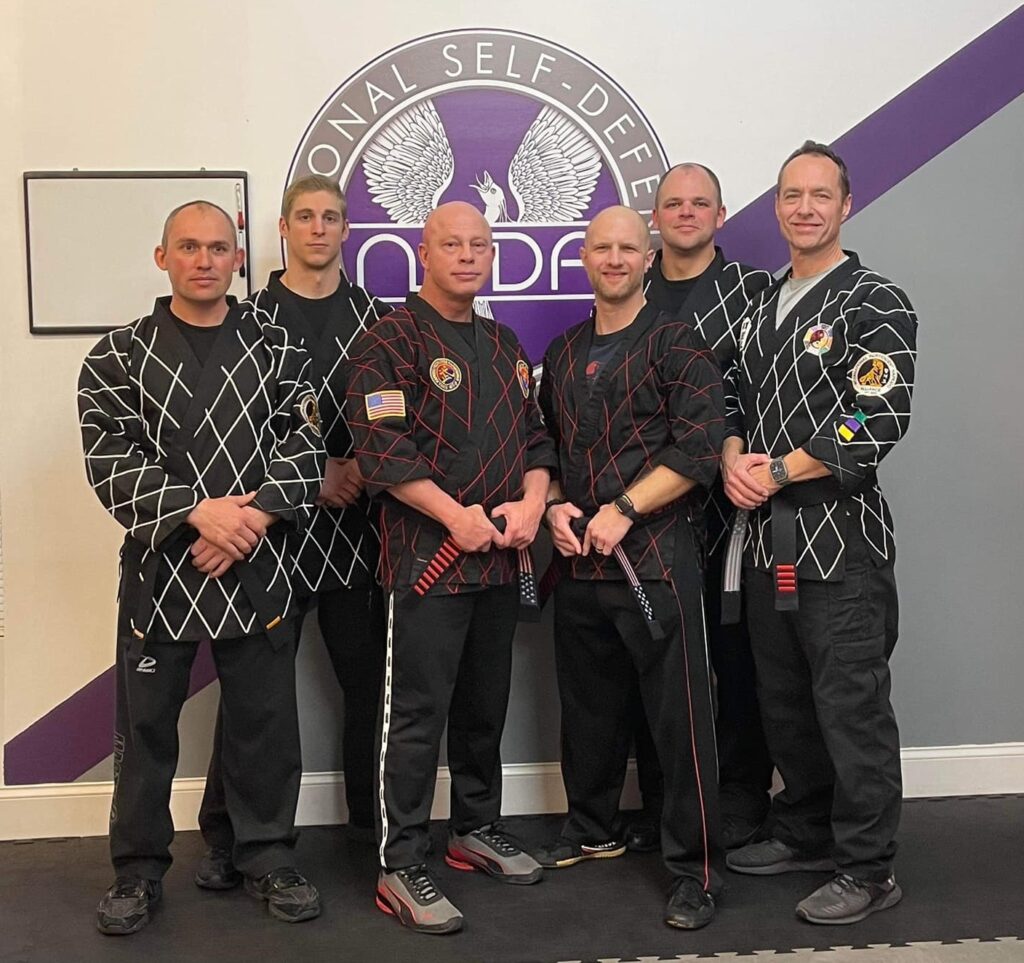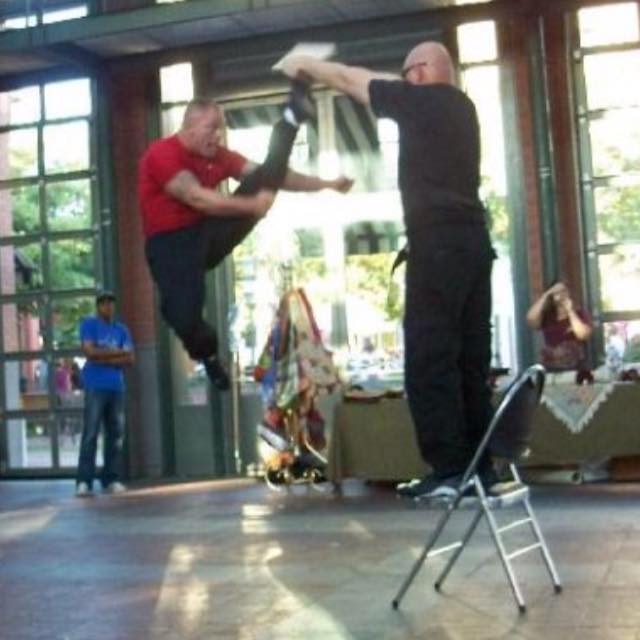
Discipline is an Important Leadership Quality for Hapkido Instructors by KJN James R. Hogwood, PhD.
In the dynamic tapestry of Hapkido, where physical skill seamlessly blends with philosophical depth, discipline emerges as a foundational strand, binding together technique, knowledge, and character. For a Hapkido instructor, this quality isn’t just a personal virtue; it’s a vital thread woven into the fabric of their teaching, impacting every aspect of their role. Let’s unravel the significance of discipline for a Hapkido instructor, exploring its multifaceted influence on their practice and on the development of their students.

1. Setting the Standard: Embodying Discipline:
An instructor is a constant source of inspiration and emulation for their students. Their own practice of discipline speaks volumes, silently teaching valuable lessons in dedication, commitment, and self-control. A disciplined instructor arrives on time, prepared for every class, and demonstrates meticulous attention to detail in their techniques. This dedication to excellence sets a high bar for students, motivating them to emulate their commitment and strive for continuous improvement.
2. Cultivating Discipline in Students: From Technique to Mindset:
Hapkido training demands rigorous practice, pushing students to refine their movements, conquer weaknesses, and overcome plateaus. A disciplined instructor understands the importance of setting clear expectations, providing structured training plans, and holding students accountable for their progress. By fostering a culture of discipline in the dojang, the instructor lays the groundwork for students to develop self-control, perseverance, and a strong work ethic – qualities that benefit them on and off the mat.
3. Maintaining a Safe and Orderly Environment:
Hapkido, with its diverse repertoire of throws, strikes, and grappling techniques, requires a controlled and secure environment. A disciplined instructor prioritizes student safety by enforcing clear rules and protocols. They maintain order during classes, ensuring focused training and minimizing distractions. This disciplined approach prevents accidents, fosters respect for authority and fellow practitioners, and creates a learning environment conducive to optimal growth.
4. Leading by Example: Demonstrating Self-Discipline:
Beyond physical skills, Hapkido emphasizes mental and emotional control. A disciplined instructor showcases this control through their demeanor and reactions. They remain calm and composed even in challenging situations, managing their emotions, and responding with measured actions. This self-discipline serves as a powerful example for students, teaching them the importance of emotional intelligence, the ability to manage impulses, and the virtue of responding to challenging situations with a clear head and a focused mind.

5. Cultivating Resilience: Embracing Discipline amidst setbacks:
The journey of mastering Hapkido is paved with inevitable setbacks. Students encounter technical difficulties, experience temporary plateaus, and sometimes may even falter in front of peers. A disciplined instructor understands this innate human struggle and guides students through these challenges with unwavering support and unwavering commitment to their progress. They encourage students to embrace discipline as a tool for overcoming obstacles, celebrating their efforts, and learning from their mistakes.
6. Beyond the Dojang: Discipline as a Guiding Principle:
The lessons learned in the dojang often transcend the physical space. The discipline cultivated through Hapkido training spills over into all aspects of life. Students learn to apply their commitment, focus, and perseverance to academic pursuits, professional goals, and personal relationships. A disciplined instructor recognizes this potential impact and actively encourages students to translate their Hapkido discipline into daily life, empowering them to become well-rounded individuals with an unwavering dedication to self-improvement.
7. A Continuous Quest: Embracing Disciplined Growth:
The path of martial arts is a lifelong journey of exploration and continuous learning. A truly disciplined instructor embraces this concept, never becoming complacent in their own knowledge or practice. They dedicate themselves to ongoing training, seeking new techniques, refining their understanding, and actively participating in professional development opportunities. This commitment to ongoing learning sets a powerful example for students, inspiring them to embrace a growth mindset and remain dedicated to lifelong learning.
Conclusion: For a Hapkido instructor, discipline is not just a personal characteristic; it’s a guiding principle, a thread woven into the very fabric of their teaching. It sets the standard for student conduct, fosters safe and effective training environments, and empowers students to develop both physical and mental strength. As instructors cultivate and embody discipline, they become more than mere technique teachers; they become role models, mentors, and guides on the path towards self-mastery – both within the dojang and beyond.

About the author: KJN James R. Hogwood, PhD. is a lifelong martial artist and the President of the International Independent Hapkido Alliance. He is the Founder of KumHoKwan (Golden Tiger) Hapkido which is recognized by several of the leading Korean organizations. KJN Hogwood is also the Primary Instructor for the IIHA Instructors Certification Course. For information on hosting KJN Hogwood for a seminar at your school or to schedule private training email him direct at goldentiger68@gmail.com
Be sure to follow us on social media.
- Like our page at https://www.facebook.com/internationalindependenthapkidoalliance
- Subscribe to our channel at https://www.youtube.com/worldhapkidonews
- Join our group at https://www.facebook.com/groups/koreanmartialarts





